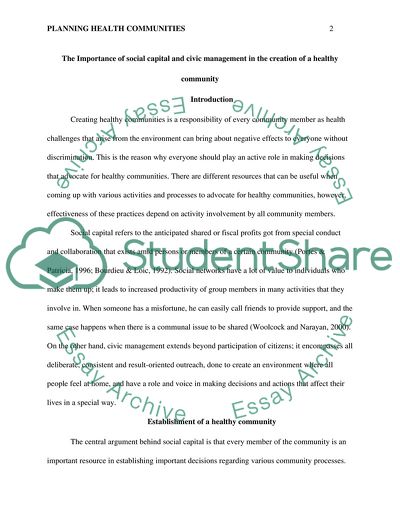Cite this document
(Planning Healthy Communities: The Importance of Social Capital and Research Paper, n.d.)
Planning Healthy Communities: The Importance of Social Capital and Research Paper. Retrieved from https://studentshare.org/sociology/1822677-planning-healthy-communities
Planning Healthy Communities: The Importance of Social Capital and Research Paper. Retrieved from https://studentshare.org/sociology/1822677-planning-healthy-communities
(Planning Healthy Communities: The Importance of Social Capital and Research Paper)
Planning Healthy Communities: The Importance of Social Capital and Research Paper. https://studentshare.org/sociology/1822677-planning-healthy-communities.
Planning Healthy Communities: The Importance of Social Capital and Research Paper. https://studentshare.org/sociology/1822677-planning-healthy-communities.
“Planning Healthy Communities: The Importance of Social Capital and Research Paper”, n.d. https://studentshare.org/sociology/1822677-planning-healthy-communities.


